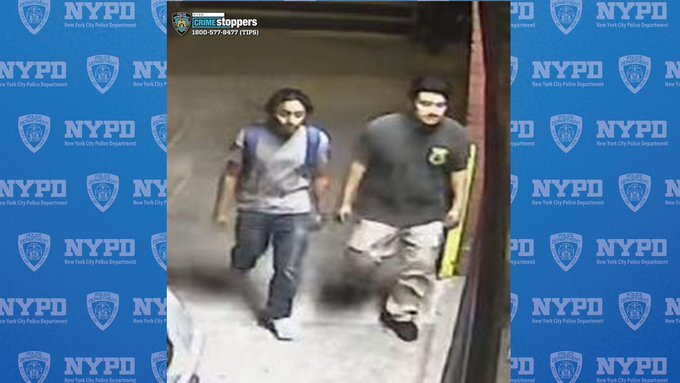By Rebecca Henely
The two City Council members for Jackson Heights, East Elmhurst and the northern part of Corona were shocked by New York Civil Liberties Union data that said the 115th Precinct’s rate of stopping and frisking people was the third highest in the city.
“The findings by NYCLU are extremely troubling,” said Councilwoman Julissa Ferreras (D-East Elmhurst) in a statement.
The nonprofit said the precinct stopped and frisked 18,156 people in 2011. The neighborhoods in the precinct — Jackson Heights, East Elmhurst and the northern part of Corona — have significant Latino, black and South Asian populations.
Councilman Daniel Dromm (D-Jackson Heights) said since Jackson Heights is a low-crime area, he found the numbers shocking.
“It’s very hard for me to believe there were 18,000 reasons to stop someone and frisk someone,” he said.
The highest rate for 2011 stop-and-frisks was the 75th Precinct in Brooklyn’s East New York, which had 31,100 incidents, and the second highest was the 73rd Precinct in Brooklyn’s Brownsville, which had 25,167. The only other Queens precinct on the top 10 list was the 103rd in Jamaica, which had 17,152 stop-and-frisk incidents.
The NYPD’s precinct figures show 1,840 incidents of six major crimes occurred in the 115th Precinct in 2011, those crimes being murder, rape, robbery, felony assault, burglary, grand larceny and grand larceny auto.
Dromm said while he did not want stop-and-frisk to be abolished, he wanted the practice to be more transparent. He said he was in support of Councilman Jumaane Williams’ (D-Brooklyn) bills that would require police officers to inform those they stop that they can refuse a search and to give their card to those they stop and frisk for a follow-up.
“[Police] should have a substantial reason for suspecting someone of a crime,” Dromm said.
While he wanted the police to do their job properly and unencumbered, Dromm said he believed immigrants’ reluctance to interact with the police could be exacerbated by the stop-and-frisk practice in the 115th Precinct.
“To me, this unusually high number of stop-and-frisks in a low-crime area discourages that type of participation with the police,” he said.
Ferreras said she plans to hold a forum on stop-and-frisk April 11 to hear the community’s response to how the practice affects them.
“I have worked closely on enforcement with both the 115th Precinct as well as the 110th Precinct, which cover my district,” she said. “However, I hope that there is a way to conduct enforcement without violating the civil liberties of our constituency.”
While the state Legislature passed a law under then-Gov. David Paterson that no longer allowed the NYPD to store the names of those who had been stopped and frisked but had not been charged with a crime, stop-and-frisk remains controversial.
A March 13 Quinnipiac University poll said 49 percent of New York City voters disapprove of the practice. The rate is higher among black and Hispanic voters, with 68 percent of black voters disapproving of the practice and 52 percent of Hispanic voters disapproving.
But 59 percent of white voters approve of stop-and-frisk, the poll said.
Reach reporter Rebecca Henely by e-mail at rhenely@cnglocal.com or by phone at 718-260-4564.


































